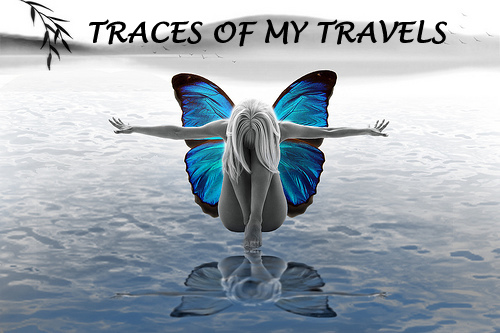Ibirapeura Park is about 800m from the hotel, so within walking distance. Every morning on my way to work, I see many joggers using this park to keep fit. During the weekend, the place is thronged with people who visit the park to relax, to play sports, and generally to enjoy the outdoors.
The first thing I noticed at the Park are the vendors who sell snacks, cold drinks and ice cream. My favourite drink is Coco Verde - coconut water in their shell, for 5 BRL. Some vendors even offer chairs for their customers. Hot foot is available only at restaurants. I tried The Green, rated favourably by TripAdvisor, but the buffet turned out to be so mediocre that it was not worth a second visit.
 |
| Vendors of food and drink at Ibirapeura Park |
At one of my visits, I watched a bunch of young kids practicing acrobatics. They were budding artists and their dedication was laudable. Usually older Brazilians would ask me: where are you from? But young people are less interested in strangers and they continued to practice to the music.
 |
| One more time |
In early spring, there was a profusion of cherry blossoms, a variety that blossomed in a ball-shaped cluster.This beautiful tree, so celebrated by the Japanese, seem much less appreciated by the Brazilians. I have since learnt that there is a cherry blossom festival at Parque de Carmo, but alas I missed the event.
 |
| Ethereal cherry blossoms |
São Paulo is noted for her murals. There are a few interesting murals within the Park, but due to my ignorance, I am not able to identify the artists. I particularly like the colourful ones. Here, a young girl with broken teeth beamed at the onlookers.
 |
| A colourful mural |
Everywhere in the park, people found a spot for themselves to pursue their own activities, whether to sit and talk, read, snuggle up to their loved ones, or many other things within the realms of human possibilities.
 |
| A quiet moment with the dogs |
 |
| Playing basketball |
 |
| Photo shoot of a pregnant girl |
And finally to man's best friend. Dog owners gather at specific parts of the park, enjoying each other's company and allowing their dogs to enjoy their canine company. Here is a little one, named Joey, parading in his baseball cap. Since most of the people live in apartments at São Paulo,there are unsurprisingly a large number of small dogs. And judging from the number of pet shops, the Brazilians at São Paulo really do love their dogs.
 |
| A dog's life |
























































